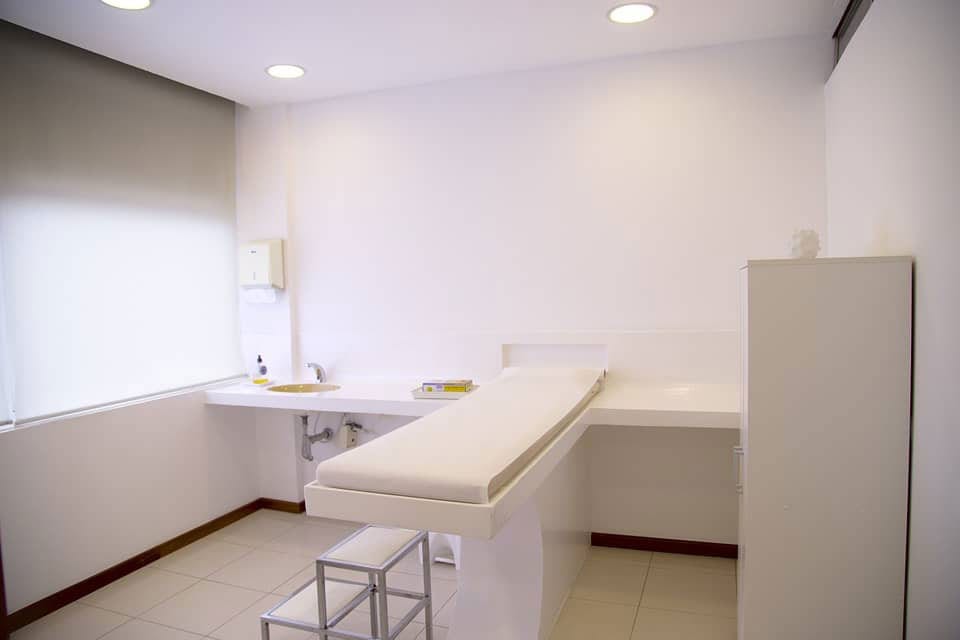A recent case study published in The Journal of Cancer Research and Oncobiology is believed to have recorded the first case of lactic acidosis in a patient with small lymphocytic lymphoma (SLL). Researchers from the Cleveland Clinic and Hackensack Meridian Jersey Shore University Medical Center discovered the accumulation of lactic acid when the patient came in for a chemotherapy session.
About the Case Study
In the past, SLL has never been associated with lactic acidosis, despite the fact that a number of other lymphomas have. The team of researchers believes that they found the first case upon admitting the 87-year-old SLL patient, who was there for chemotherapy treatment. He was already experiencing lactic acidosis upon entering the hospital, and it progressed for the next 48 hours. Over these two days, his lactic acid levels rose from 2.8 mmol/L to more than 10 mmol/L.
This sudden and severe increase paired with the rarity of the condition paired with SLL pushed the researchers to further examine this case. They were already aware that some forms of B-cell lymphomas saw lactic acidosis caused by thiamine deficiency. In these cases, it is treated with thiamine administration.
The doctors working with this patient acknowledged that the presence of lactic acidosis within SLL is a poor prognostic factor. They treated him with thiamine and chemotherapy, but the lactic acidosis continued to progress. Despite the progression, the researchers recommend early treatment with chemotherapy and thiamine in these situations.
In most cases, lactic acidosis present in a lymphoma patient leads to poor outcomes. This case seems to point to small lymphocytic lymphoma following the trend, although the researchers stated that further investigation is necessary.
About Small Lymphocytic Lymphoma
SLL is a form of non-Hodgkin lymphoma that affects the B-lymphocytes, which are found throughout the lymph nodes and lymph tissue. It is a low-grade cancer, and patients typically notice a painless swelling in the armpits, groin, or neck caused by enlarged lymph nodes first. These are followed by fevers, unexplained weight loss, and night sweats. The immune system may also be affected, making patients more susceptible to infection. Doctors don’t know what causes this cancer, but they know that males and those over the age of 60 live with a higher risk. In terms of treatment, monitoring is the only step to take if the cancer is in the early stages. Once therapy is necessary, doctors will administer chemotherapy either with or without a targeted therapy. Learn more about SLL here.
Find the source article here.







